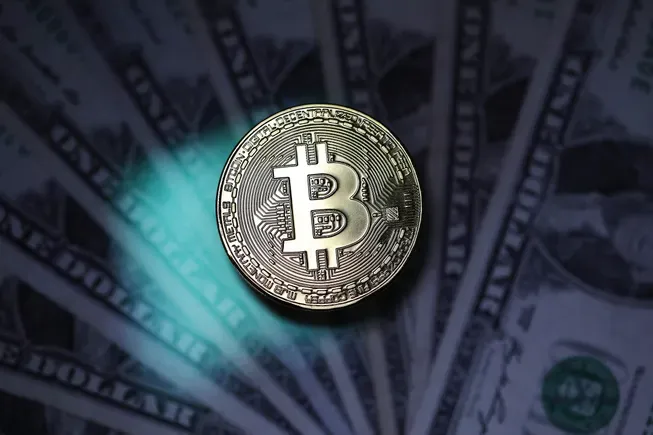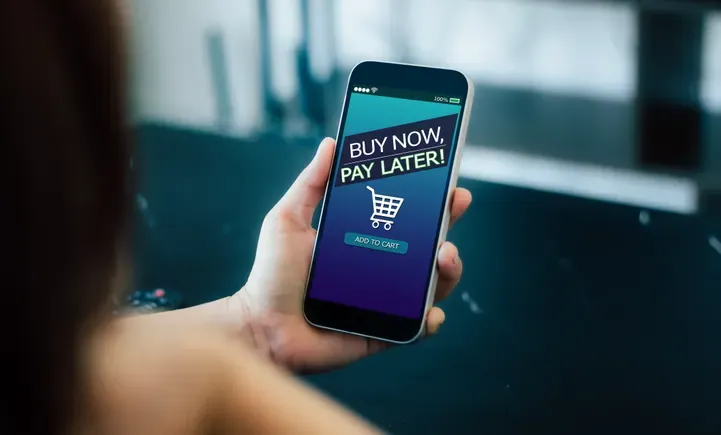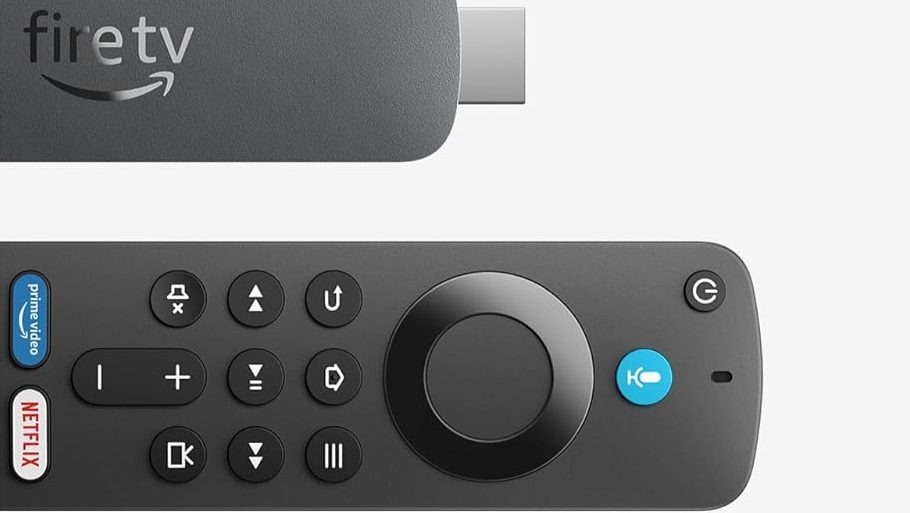U.S. payments are on a fast track to digitization in all sorts of ways, whether or not some people want to keep stuffing cash in envelopes or insist on sending paper checks.
President Donald Trump can take credit for advancing a trend toward digital payments. Last Friday, he signed the Genius Act into law, putting the start of a regulatory framework for digital assets in place. In March, he also signed an executive order to eradicate the federal government’s use of paper checks. And his Treasury Department this year took the first step toward tossing aside the 200-plus-year-old penny.
Nonetheless, he’s just one actor, albeit backed by the cryptocurrency industry, in what has been an accelerating, worldwide tide flowing payments to electronic forms for decades, including by way of credit cards introduced in the 1950s.
That wave of change was underscored for me this week after interviews with the CEOs of Coinstar and CoinFlip, companies seemingly on opposite ends of the trend, but not really as it turns out.
Coinstar operates the green machines peppered across the U.S. at grocery stores and other locations. They’re receptacles for the coins that build up in peoples’ coin jars at homes, before they’re dumped into the machines that clank them through filters and spit out a receipt that can be taken to a cashier for cash.
“It shocks a lot of people, but the coins are still a big part of the economy, believe it or not,” said Coinstar CEO Kevin McColly, who likened the use of cash to the “very, very, very slow” melting of an ice cube. “The people that use cash are still using it at about the same clip as they always have.”
But Coinstar has been quietly bolstering its services for customers that step up to its 20,000 kiosks for 50 million transactions annually. It has added options to send money to bank accounts, Starbucks cards and even a digital wallet that can be loaded with bitcoin.
CoinFlip also operates thousands of kiosks across the U.S., and they take in U.S. fiat too, as customers buy cryptocurrencies. Consumers can tap the crypto ATMs to buy any number of currencies, but bitcoin is the most popular.
Like McColly, CoinFlip CEO Ben Weiss, is optimistic about consumers continuing to opt for currency that fuels his kiosk business.
Weiss told me he believes stablecoins will be used to speed up international payments and they’re already giving people around the world another way to accumulate U.S. dollars. He also foresees them potentially offering merchants like Walmart a more cost-effective alternative to credit cards. “The customer might not even necessarily need to know that they’re using stablecoins for the settlement on the back end,” he said.
Weiss was proud to stand near Trump at the White House as he signed the Genius Act. “I think it's going to make a huge difference in payments,” he said.
Weiss has had a political ally on the flip side of the political spectrum as well. At a 2021 press conference, Illinois Democratic Gov. JB Pritzker welcomed CoinFlip’s announcement that it would expand its Chicago headquarters by moving downtown to the city’s historic old central post office location.
Regardless of political winds or business strategies, consumers, businesses, governments and other organizations will increasingly have options for their payments, and emerging digital versions are likely to be ever more finely tuned to their needs and wants.
Disclaimer: This story is auto-aggregated by a computer program and has not been created or edited by finopulse.
Publisher: Source link








